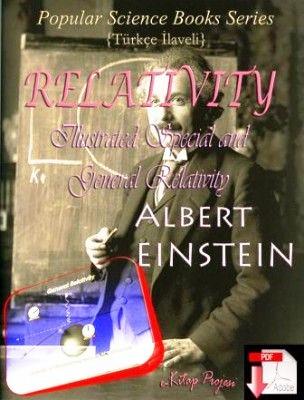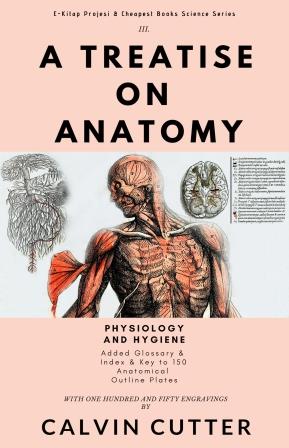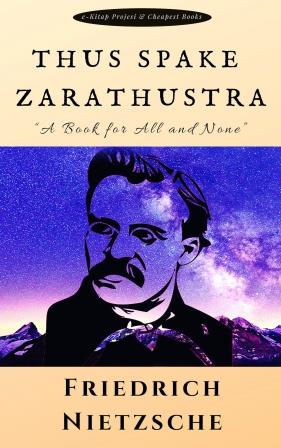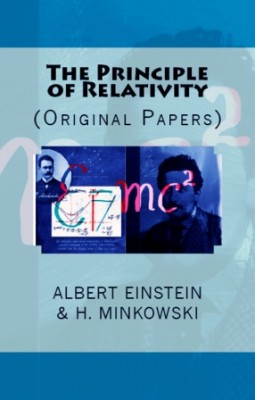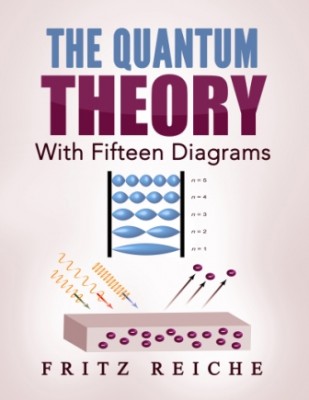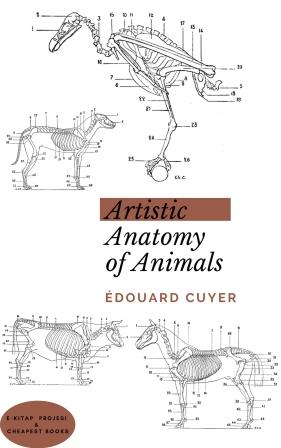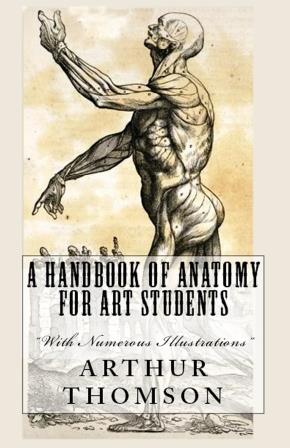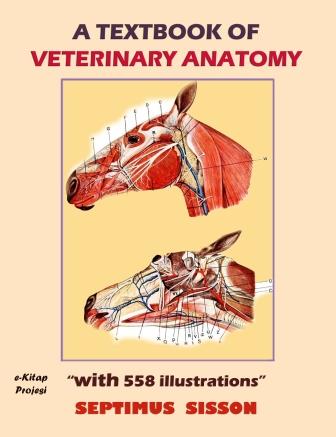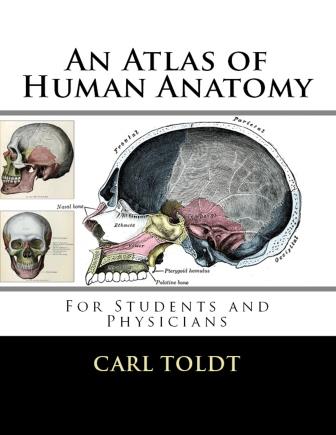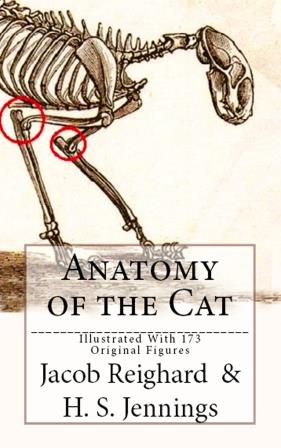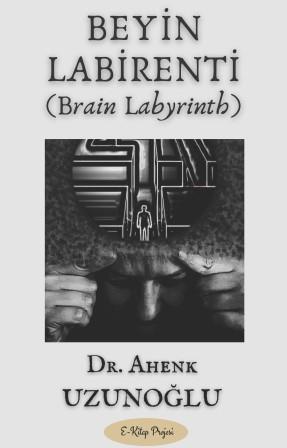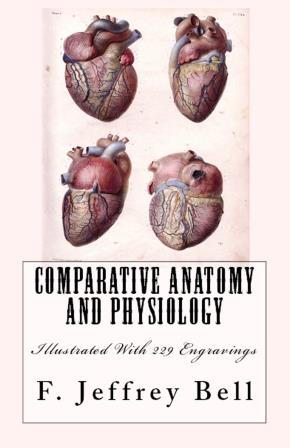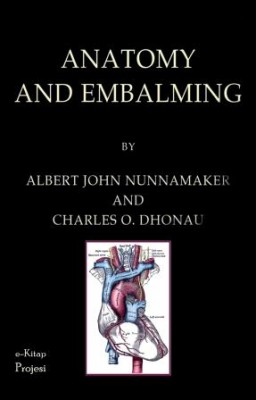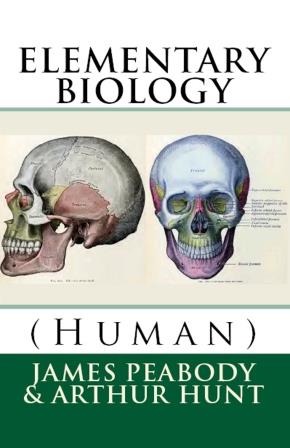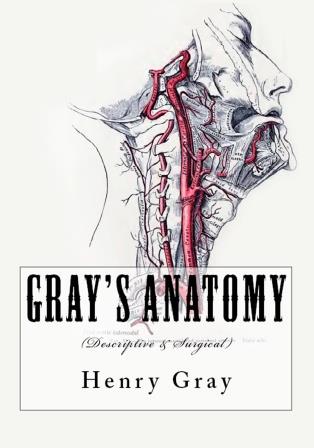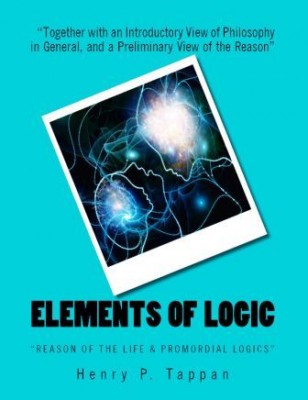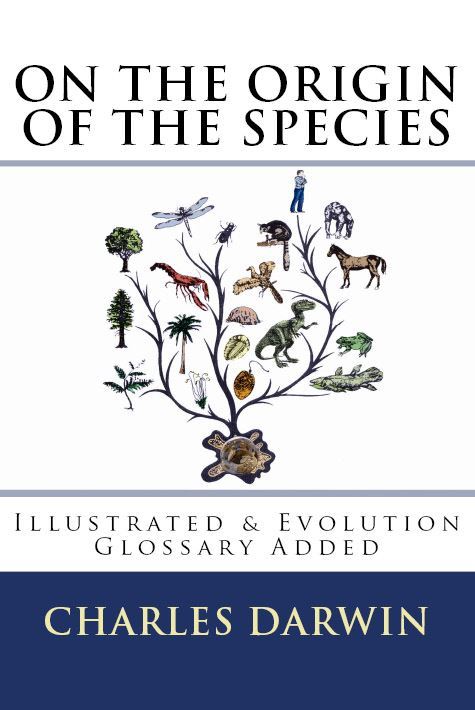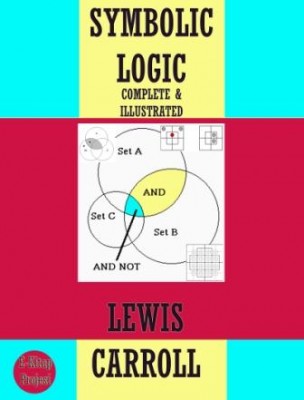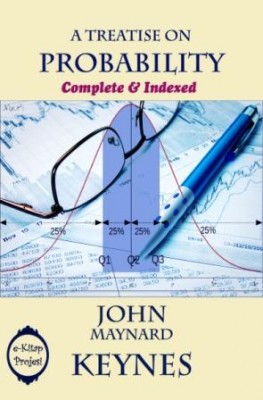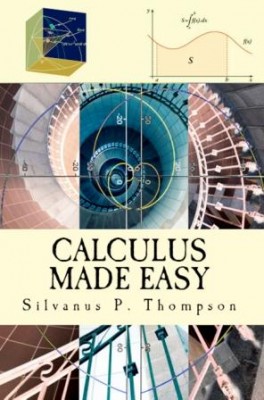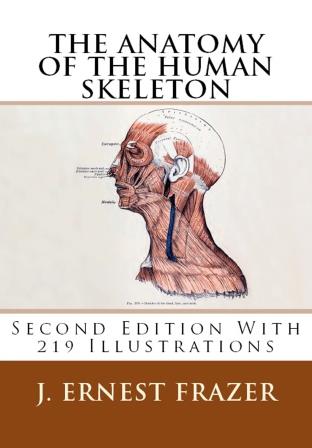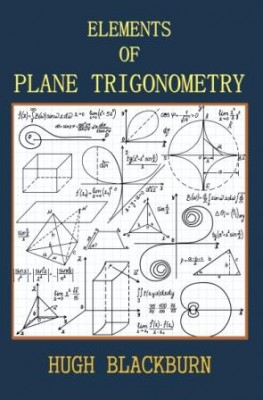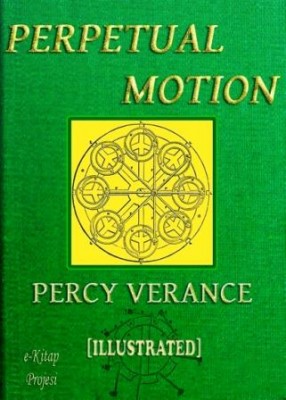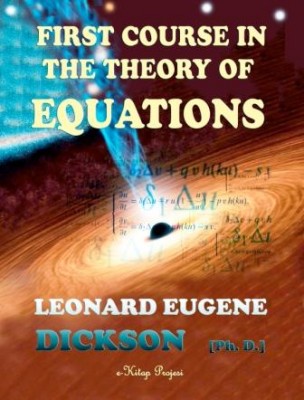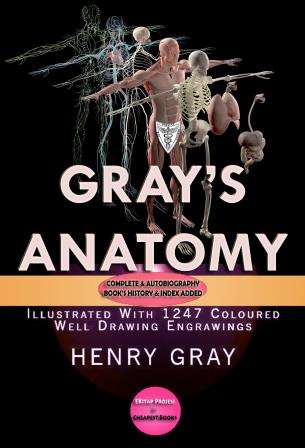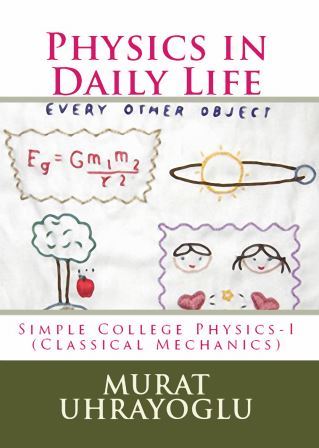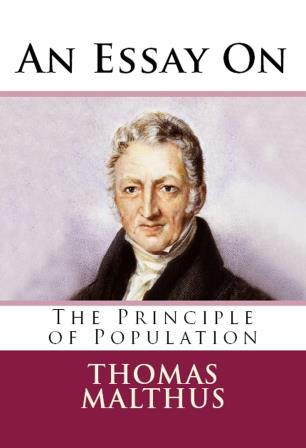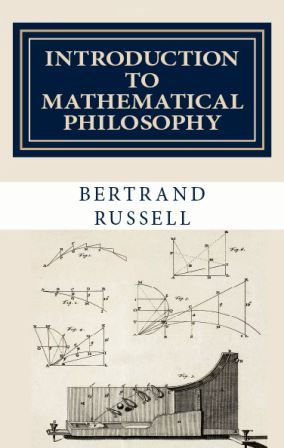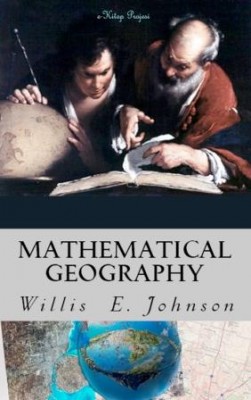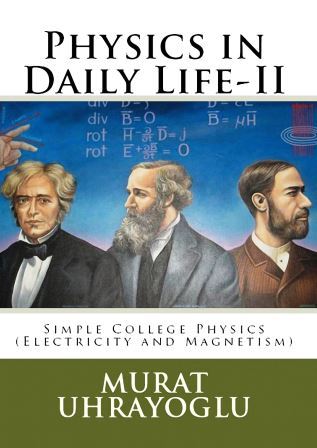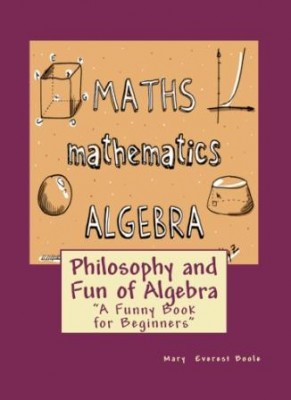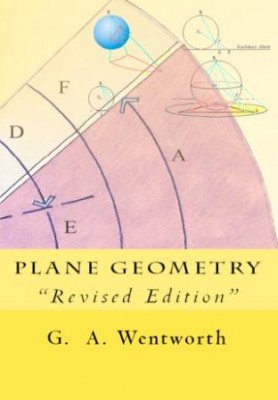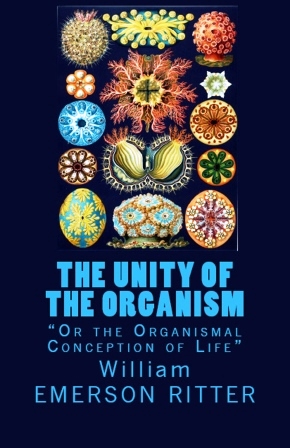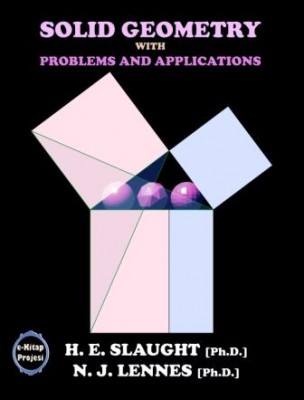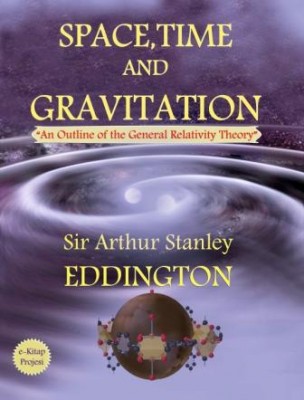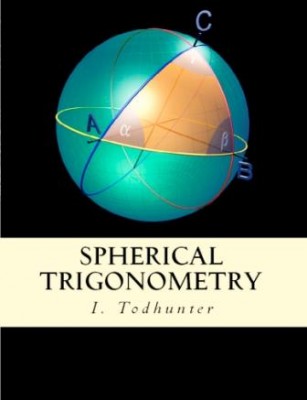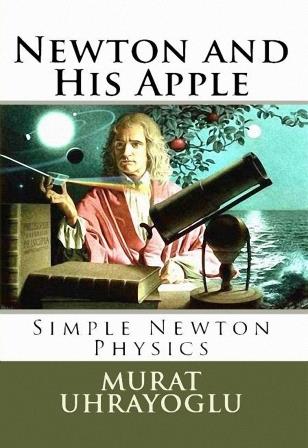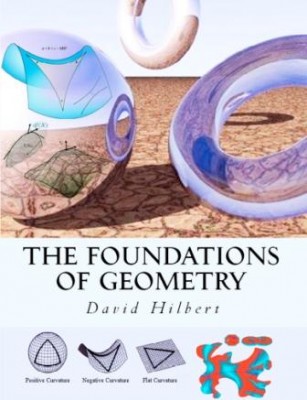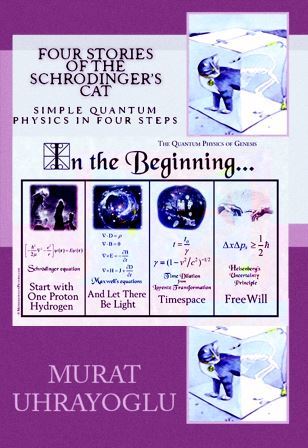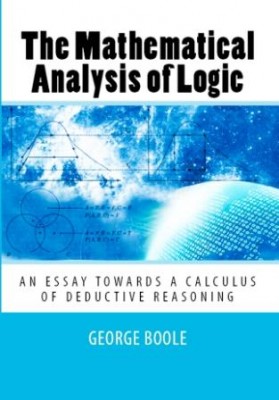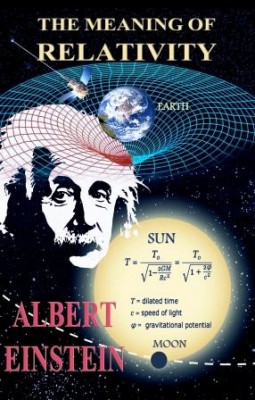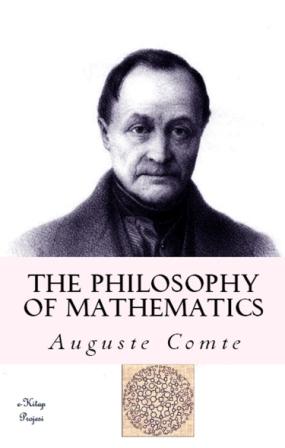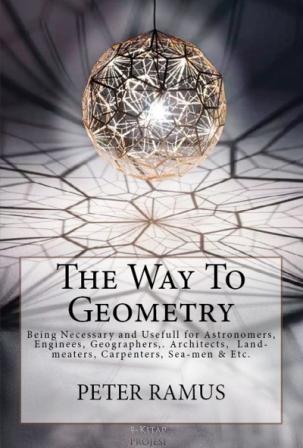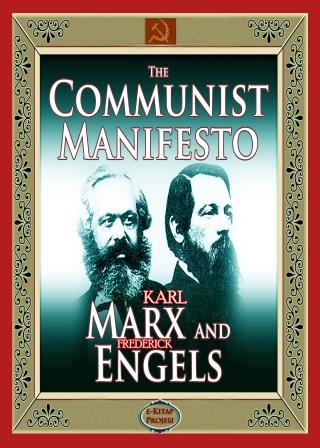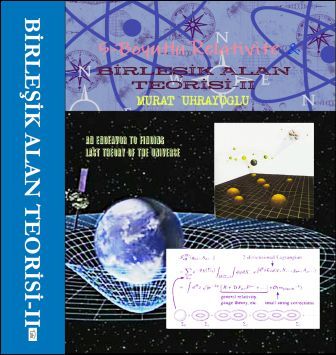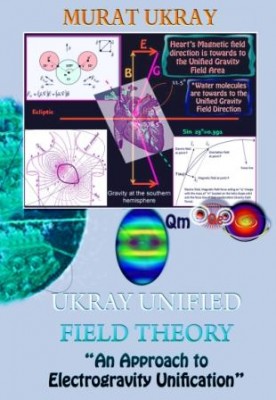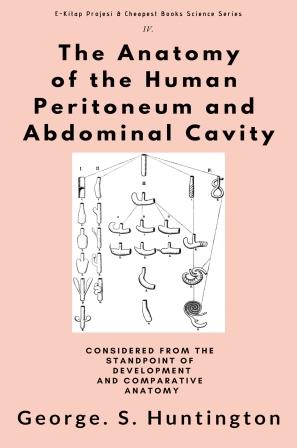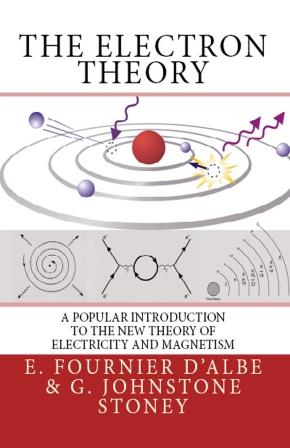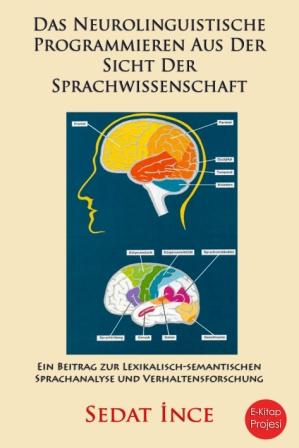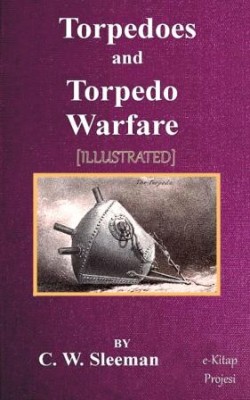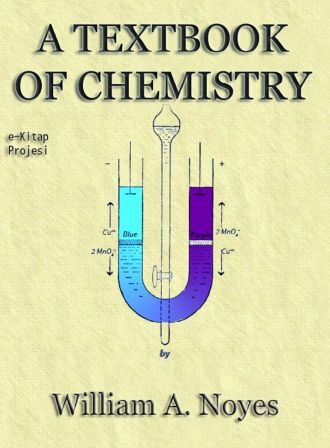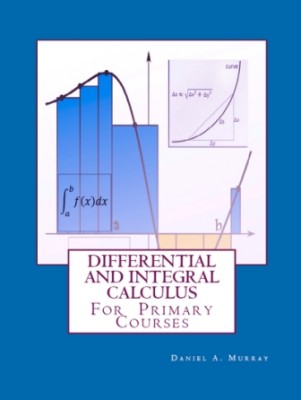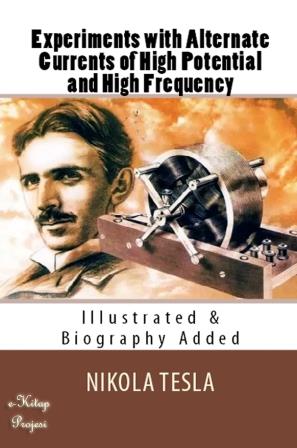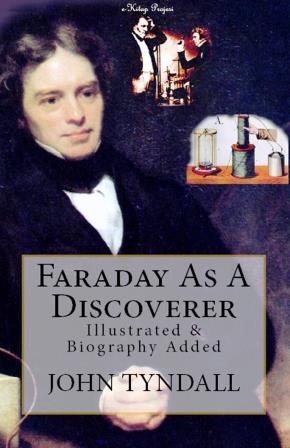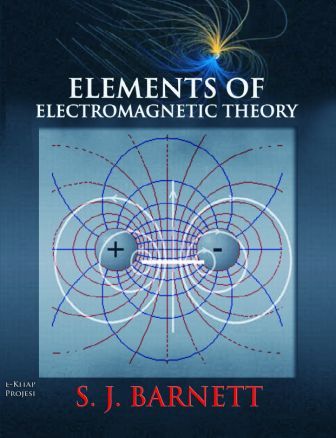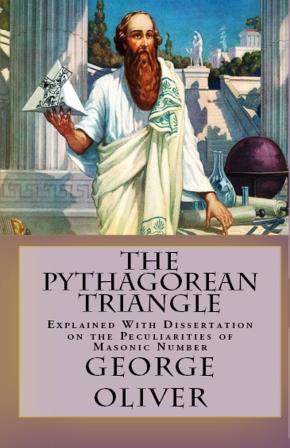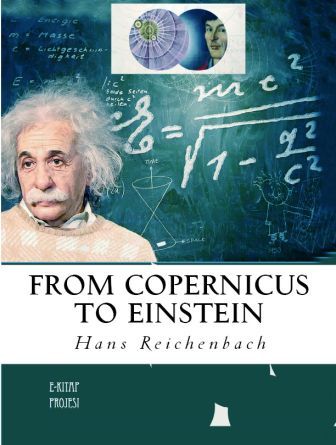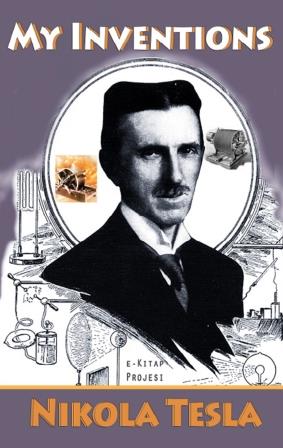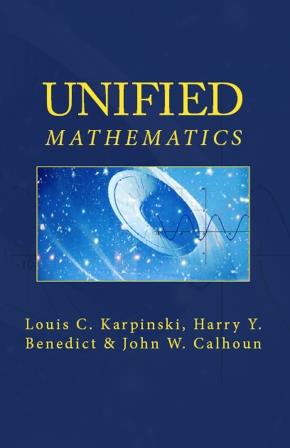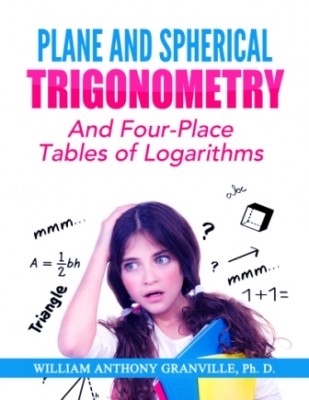RELATIVITY
Special and General Relativity
{Resimli, Illustrated}
by
Albert EINSTEIN
SUMMARY
Near the beginning of his career, Einstein thought that Newtonian mechanics was no longer enough to reconcile the laws of classical mechanics with the laws of the electromagnetic field. This led to the development of his special theory of relativity. He realized, however, that the principle of relativity could also be extended to gravitational fields, and with his subsequent theory of gravitation in 1916, he published a paper on the general theory of relativity. He continued to deal with problems of statistical mechanics and quantum theory, which led to his explanations of particle theory and the motion of molecules. He also investigated the thermal properties of light which laid the foundation of the photon theory of light. In 1917, Einstein applied the general theory of relativity to model the large-scale structure of the universe.
He was visiting the United States when Adolf Hitler came to power in 1933 and did not go back to Germany, where he had been a professor at the Berlin Academy of Sciences. He settled in the U.S., becoming an American citizen in 1940. On the eve of World War II, he helped alert President Franklin D. Roosevelt that Germany might be developing an atomic weapon and recommended that the U.S. begin similar research; this eventually led to what would become the Manhattan Project. Einstein was in support of defending the Allied forces, but largely denounced using the new discovery of nuclear fission as a weapon. Later, with the British philosopher Bertrand Russell, Einstein signed the Russell–Einstein Manifesto, which highlighted the danger of nuclear weapons. Einstein was affiliated with the Institute for Advanced Study in Princeton, New Jersey, until his death in 1955.
PRECAFE / ÖZET/ İÇİNDEKİLER
Part I: The Special Theory of Relativity
01. Physical Meaning of Geometrical Propositions
02. The System of Co−ordinates
03. Space and Time in Classical Mechanics
04. The Galileian System of Co−ordinates
05. The Principle of Relativity (in the Restricted Sense)
06. The Theorem of the Addition of Velocities employed in Classical Mechanics
07. The Apparent Incompatability of the Law of Propagation of Light with the Principle of Relativity
08. On the Idea of Time in Physics
09. The Relativity of Simultaneity
10. On the Relativity of the Conception of Distance
11. The Lorentz Transformation
12. The Behaviour of Measuring−Rods and Clocks in Motion
13. Theorem of the Addition of Velocities. The Experiment of Fizeau
14. The Hueristic Value of the Theory of Relativity
15. General Results of the Theory
16. Expereince and the Special Theory of Relativity
17. Minkowski's Four−dimensial Space
Part II: The General Theory of Relativity
18. Special and General Principle of Relativity
19. The Gravitational Field
20. The Equality of Inertial and Gravitational Mass as an Argument for the General Postulate of Relativity
21. In What Respects are the Foundations of Classical Mechanics and of the Special Theory of Relativity Unsatisfactory?Relativity: The Special and General Theory
22. A Few Inferences from the General Principle of Relativity
23. Behaviour of Clocks and Measuring−Rods on a Rotating Body of Reference
24. Euclidean and non−Euclidean Continuum
25. Gaussian Co−ordinates
26. The Space−Time Continuum of the Speical Theory of Relativity Considered as a Euclidean
Continuum
27. The Space−Time Continuum of the General Theory of Realtiivty is Not a Eculidean Continuum
28. Exact Formulation of the General Principle of Relativity
29. The Solution of the Problem of Gravitation on the Basis of the General Principle of Relativity
Part III: Considerations on the Universe as a Whole
30. Cosmological Difficulties of Netwon's Theory
31. The Possibility of a "Finite" and yet "Unbounded" Universe
32. The Structure of Space According to the General Theory of Relativity
Appendices:
01. Simple Derivation of the Lorentz Transformation (sup. ch. 11)
02. Minkowski's Four−Dimensional Space ("World") (sup. ch 17)
03. The Experimental Confirmation of the General Theory of Relativity
04. The Structure of Space According to the General Theory of Relativity (sup. ch 32)
